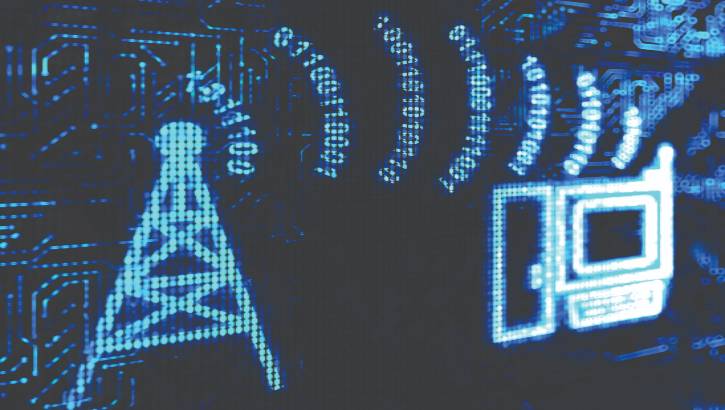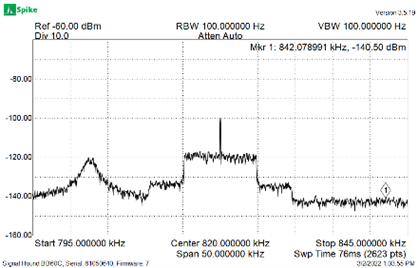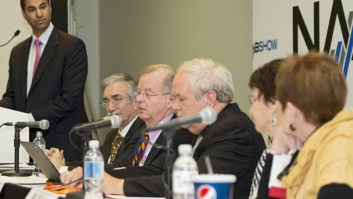
The performance of all-digital AM HD Radio signals will be in the spotlight with a presentation on “The Effects of Directional Antenna Pattern Bandwidth Upon MA3 Transmissions.”
Mike Raide is senior manager, broadcast technologies at Xperi Corp., and David Kolesar is senior broadcast engineer with Hubbard Radio, which has been operating WWFD(AM) in Frederick, Md., in all-digital since 2018.
Radio World: Presumably you’ve been testing for this at WWFD. Describe the test process.
Mike Raide: We outfitted the Xperi test van with a reference antenna, spectrum analyzer and an HD Radio test receiver. We drove through WWFD’s null, taking measurements along the way: field strength, spectrum analyzer plots and digital signal constellations. We then plotted the points on a map and overlaid the station’s directional antenna pattern on top of it.

RW: What are your main conclusions?
Dave Kolesar: They are twofold. One, the MA3 transmission system is remarkably durable with regards to dealing with nonlinearities in the null. We saw an amplitude ripple of up to 4 dB in each set of the core carriers, and the receiver still locked. However, because of these types of nonlinearities in the antenna system, a price is paid in the robustness of reception: The error correction and equalization in the receiver that normally would go to combatting channel noise is being used up correcting the poorer formation of the signal in the null.
That leads us the second point: It is really important for a station to pay attention to its antenna system, particularly if it’s a directional array. Null-fill and pattern bandwidth are important.
RW: Why are these findings important?
Raide: They emphasize that there is more to a digital conversion than simply converting or buying a new transmitter. You must linearize the antenna system to get the maximum benefit of going digital. Even if a station is non-directional, a broader antenna bandwidth provides a better signal over your service area.
RW: Is the AM radio industry any closer to accepting all-digital than it was a year or two ago? Only a small handful of stations seem to have been trying it.
Kolesar: I’d say that absolutely, the industry is closer to accepting all-digital than it was even a year or two ago. There are more receivers out there, with a few markets approaching or exceeding 50% penetration in vehicles. The benefits of all-digital are becoming more widely known as other station owners and engineers are able to listen to the stations that have now turned on MA3.
Some forward-thinking AM station operators are now realizing that in order to participate in the next-generation connected-car platforms — DTS AutoStage, RadioDNS, etc. — you must transmit an HD signal, be it hybrid or MA3.
While we can’t speak to the specific numbers of inquiries to manufacturers, we can say that there has been markedly increased interest in both MA1 and MA3 over the past year. After COVID-19, as capital budgets refocus from remote operations to transmitter plant improvements, stations now have the breathing room to dedicate resources to staying relevant in the future, such as going digital and the rich possibilities of metadata, data services and audio fidelity that that provides.
[For More News on the NAB Show See Our NAB Show News Page]
RW: What else should we know about your tests or this topic?
Raide: There are still some refinements to the MA3 system that we are exploring, namely the possible benefits of adjusting power of the reference carriers, as well as the enhanced carriers. Such adjustments could enhance the performance and range of things like Artist Experience as well as HD2 channels.
The latter, of course, is relevant in that broadcasters are always looking for more ways to distribute content, and FM translators may factor in this approach. We would like to make sure that these things are implemented in an optimum way.












